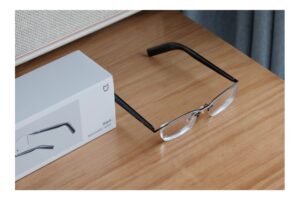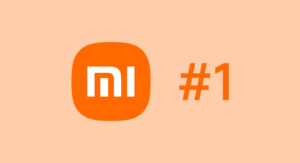In the fast-paced world of smartphone technology, charging speed has become a crucial aspect for users seeking convenience and efficiency. While Oppo has been making headlines with its impressive charging capabilities, Xiaomi seems to be struggling to keep up. Despite the introduction of the Redmi Note 12 Pro Discovery Edition with 210W charging in October 2022, Xiaomi still falls short compared to Oppo’s high-speed charging technology. This article delves into Xiaomi’s current charging limitations and explores whether its high-end devices are reaching the maximum threshold of 120W.
Xiaomi’s Charging Journey: Xiaomi has been known for its innovative features and affordable smartphones, but when it comes to charging speed, the company seems to lag behind its competitors. While Oppo unveiled the Realme GT Neo 5 with an astounding 240W charging capacity in February 2022, Xiaomi’s highest offering remains at 210W, limited to the Redmi Note 12 Pro Discovery Edition. This discrepancy raises questions about Xiaomi’s strategy and its ability to match Oppo’s charging advancements.
The Implications of Limited Charging Speed: The limited charging speed of Xiaomi’s high-end devices, topping out at 120W, leaves users wondering if they are missing out on the latest advancements in fast charging technology. Oppo’s higher charging speeds not only offer the convenience of quick power top-ups but also ensure reduced downtime and increased productivity for users on the go. Xiaomi’s adherence to the 120W threshold might be attributed to concerns about battery safety, heat management, and long-term device durability.
Is Xiaomi Prioritizing Other Features? While Oppo focuses on pushing the boundaries of charging speed, Xiaomi may be prioritizing other aspects of smartphone technology. It’s possible that Xiaomi is investing more in camera capabilities, display quality, or software optimization, instead of solely emphasizing fast charging. This strategy allows Xiaomi to cater to a broader range of user preferences, as some users might prioritize photography or overall user experience over charging speed alone.
Consumer Expectations and Market Competition: As consumer expectations continue to rise, fast charging has become a deciding factor for many when choosing a new smartphone. Xiaomi’s competitors, including Oppo, Realme, and other market players, have introduced higher charging speeds, setting a new standard in the industry. Xiaomi’s decision to stick with 120W charging in its high-end devices could potentially put the company at a disadvantage in the eyes of consumers who prioritize fast charging capabilities.
Conclusion: Xiaomi’s struggle to catch up with Oppo’s high charging speed, capped at 120W for its high-end devices, raises questions about its priorities and market competitiveness. While Xiaomi excels in various aspects of smartphone technology, its limited charging capabilities might be a concern for users seeking the utmost convenience and efficiency. As the smartphone industry continues to evolve, it remains to be seen whether Xiaomi will push the boundaries of charging speed or focus on other features to maintain its market position.

 Emir Bardakçı
Emir Bardakçı

